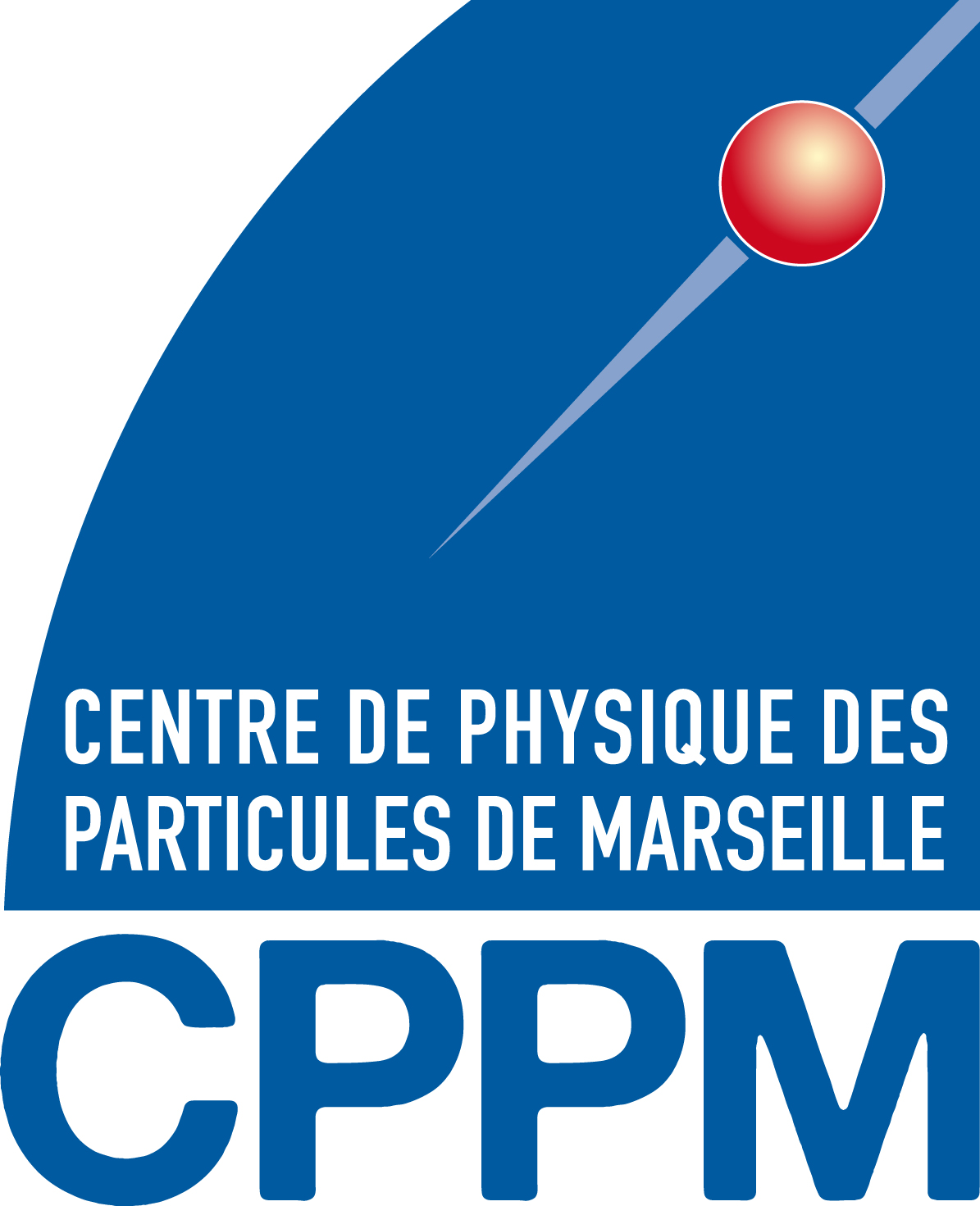The ATLAS group at CPPM
The ATLAS CPPM group gathers about 45 physicists, engineers, doctoral students and post-doctoral fellows. The group has been a member of the ATLAS collaboration since its inception in 1994. ATLAS is a detector operated by a 3000 people-large collaboration at the Large Hadron Collider (LHC), the world largest particle collider located at CERN, in Geneva.
We took part in the design, construction, testing and implementation of several elements of the ATLAS detector: the pixel detector (front-end electronics and mechanical cooling), the electromagnetic calorimeter (end-caps) the triggering system (high level architecture).
Building on this expertise, we are deeply involved in the performance studies including identification of jets from b quarks and electrons using the most recently collected data. Our physics program in Run 2 follows two axes exploiting these signatures: new physics searches, in particular supersymmetry, and the study of the properties of Higgs boson and in particular its coupling to the top quark.
As part of the upgrade of the ATLAS detector for Run 2, we had important contributions to the fourth layer of pixels (called IBL) installed next to the point of interaction. Ahead of Run 3 (and beyond), the group contributes to the upgrade program of electronics for the electromagnetic calorimeter trigger. The group is actively involved in the R&D for the new ITK tracker: pixels HV / HR-CMOS and 65nm front-end electronics, mechanical design and assembly process of pixel modules on staves.



